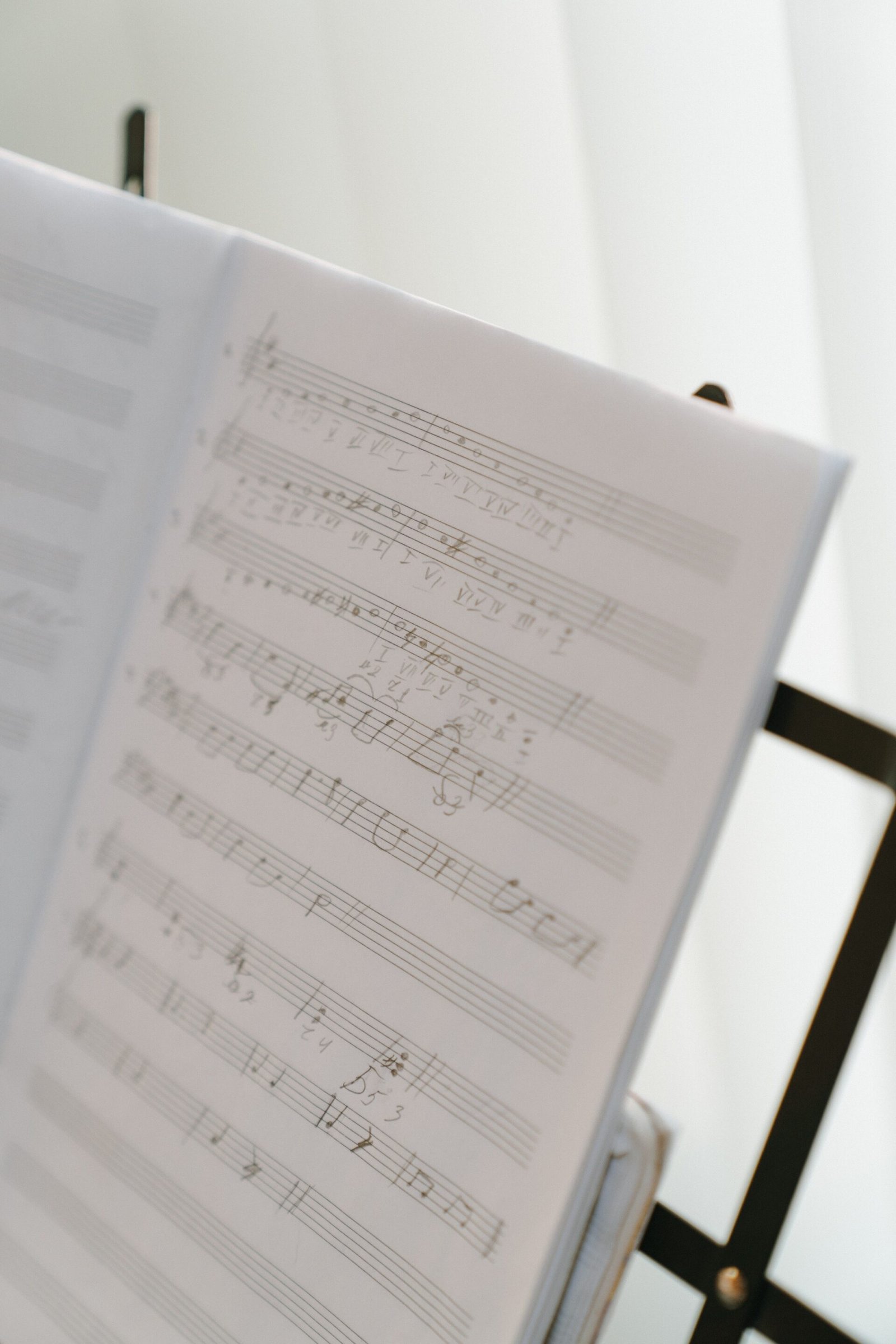The yangqin is a traditional Chinese instrument that belongs to the percussion family. It is a type of hammered dulcimer, consisting of a trapezoidal-shaped wooden box with strings stretched over it. These strings are struck with small hammers to produce sound.
The yangqin is an important instrument in Chinese music, particularly in Chinese orchestras. It is known for its bright and crisp sound, which is often used to create a distinctive shimmering effect in ensemble pieces. It is also a popular solo instrument, with many virtuosos demonstrating the instrument’s capabilities in traditional and contemporary music.
The origins of the yangqin can be traced back to the Tang Dynasty (618-907 CE), where it was used in imperial court music. Over time, it became a popular instrument in the southern regions of China, particularly in Fujian and Guangdong provinces. In the 19th century, it became a standard instrument in Chinese opera and was later incorporated into the modern Chinese orchestra in the 20th century.
The yangqin has a distinctive appearance, with its trapezoidal-shaped box, typically made of wood, and its strings arranged in courses of two or three. The strings are usually made of steel, but some traditional players still use silk strings. The instrument has a range of four octaves, from C2 to C6.
The hammers used to strike the strings of the yangqin are typically made of bamboo and have a soft leather or felt tip. The player holds the hammers between the index and middle fingers and uses a combination of wrist and finger movements to strike the strings.
The playing technique of the yangqin involves a combination of melody, harmony, and percussion. The left hand is used to dampen the strings and create different chord combinations, while the right hand strikes the strings to create the melody. The player can also use a variety of techniques to produce different sounds, such as glissandos, trills, and tremolos.
The repertoire of the yangqin includes both traditional and contemporary music. Traditional pieces include folk songs and regional tunes from different parts of China, while contemporary compositions include works by Chinese composers such as Tan Dun and Zhou Long. The instrument is also used in crossover genres such as jazz and world music.
In recent years, the popularity of the yangqin has increased outside of China, with many players and ensembles touring internationally and collaborating with musicians from other cultures. The instrument’s unique sound and versatility have made it a popular choice for composers and performers looking to incorporate traditional Chinese elements into their music.
In conclusion, the yangqin is a fascinating and important instrument in Chinese music. Its distinctive sound and versatile playing techniques make it a popular choice for traditional and contemporary music. As China’s cultural influence continues to grow on the global stage, the yangqin is sure to remain a significant part of the country’s musical heritage.
Read More:
